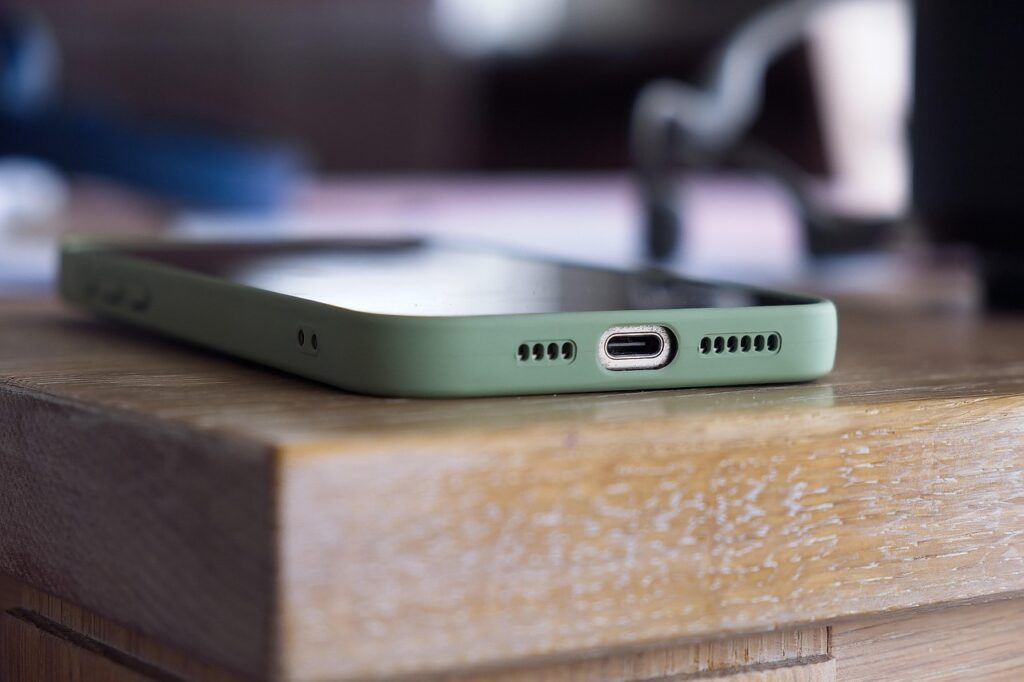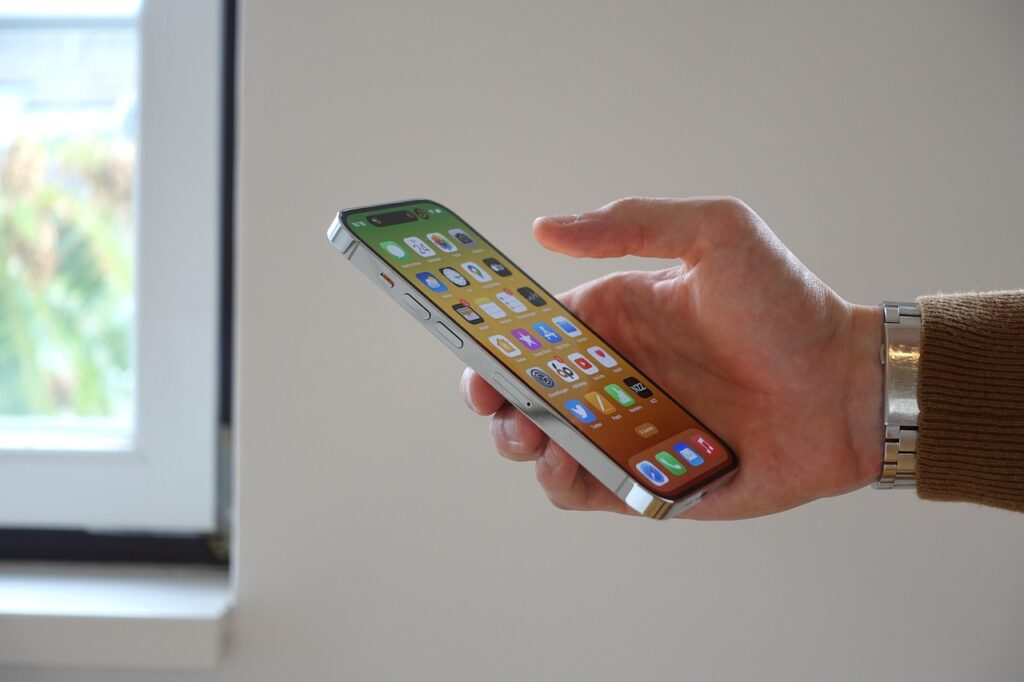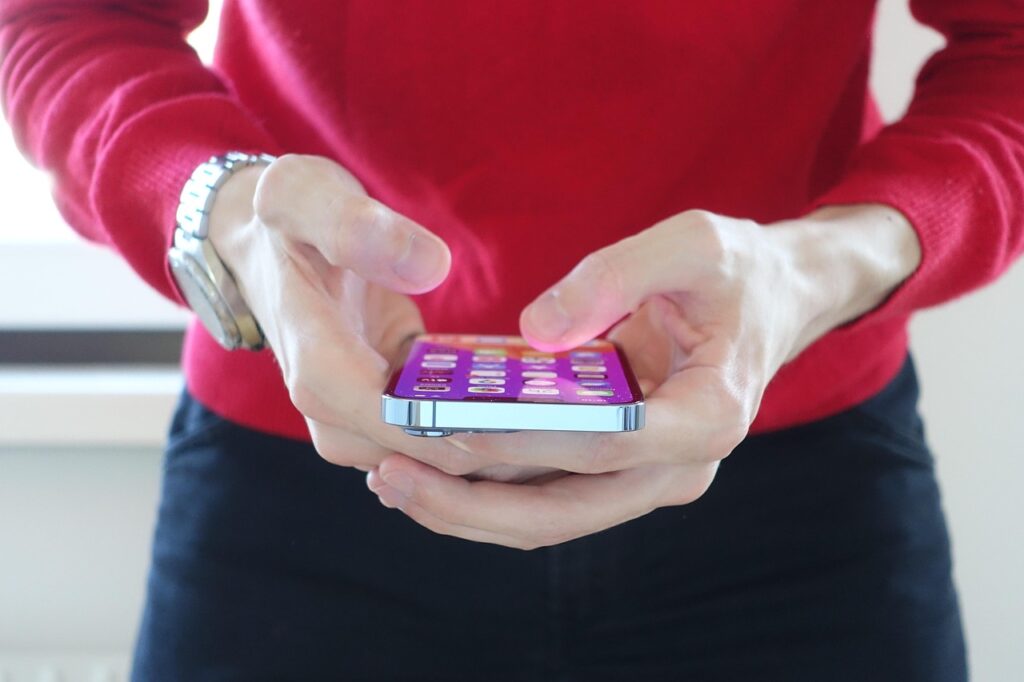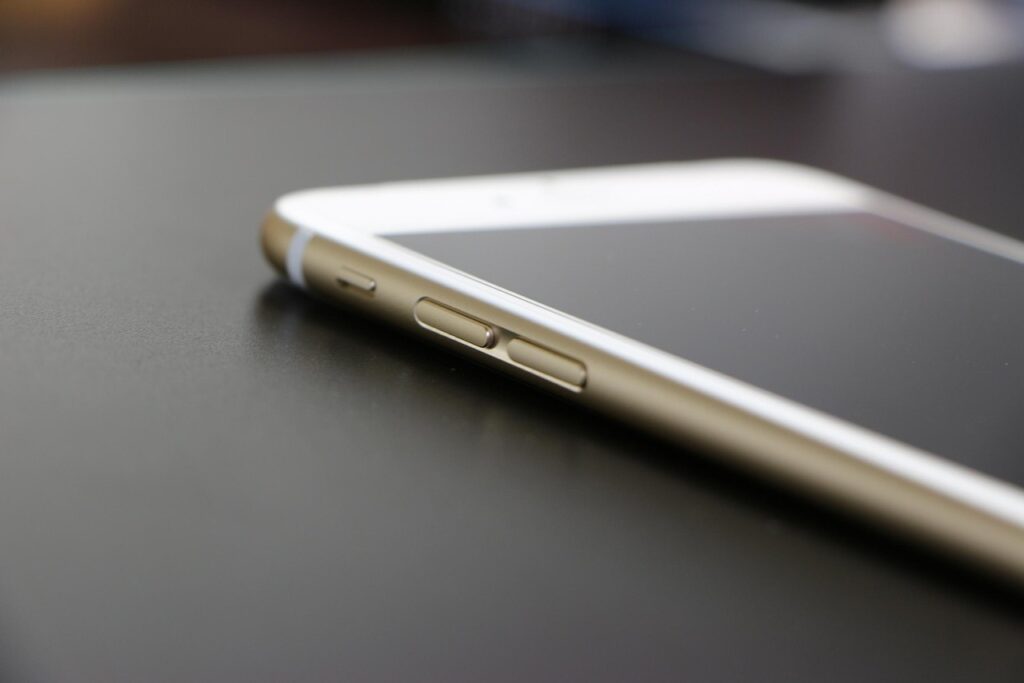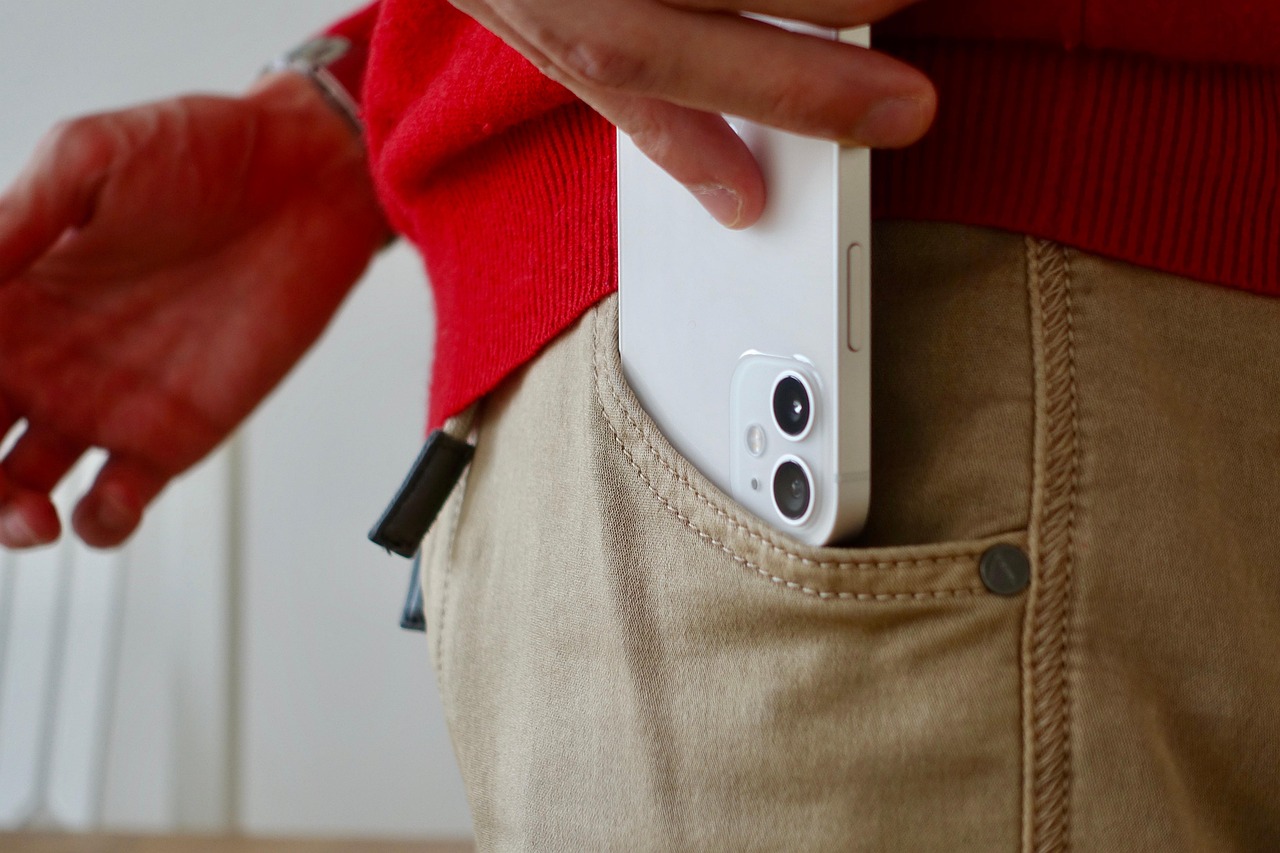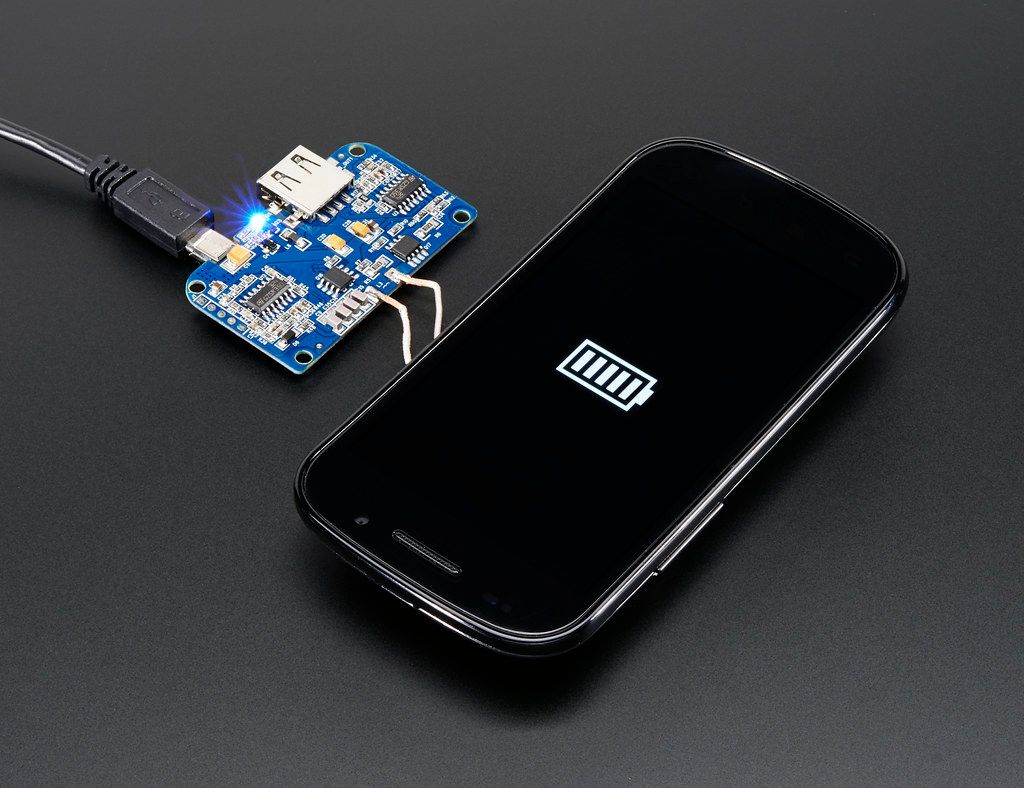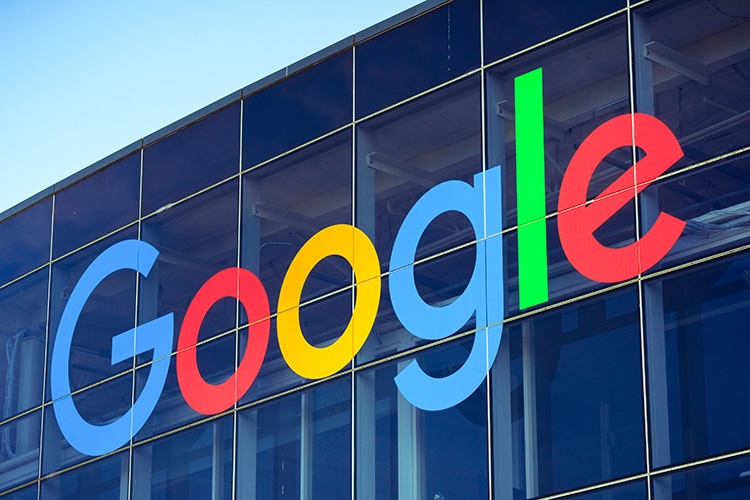“They say everyone’s got an iPhone these days,” and while Apple’s presence is certainly felt, it’s a narrative that overlooks a crucial global reality: Android actually powers a massive 72% of global smartphones, dwarfing iOS’s 28%. This vast ecosystem isn’t just a matter of market share; it represents a fundamental difference in philosophy, one that prioritizes flexibility, control, and user choice. For those who seek a device that truly adapts to their lifestyle rather than dictating it, Android continues to reign supreme.
Year after year, the debate between iOS and Android rages on, with both camps championing their exclusive features. Yet, despite claims of parity or even supremacy, a closer look reveals a compelling truth: Android phones offer a suite of capabilities that Apple still hasn’t matched by 2025. These aren’t obscure, technical distinctions; they are real-life advantages that profoundly impact how users interact with their devices, from everyday convenience to deep-seated customization and even long-term cost savings.
In this in-depth exploration, we’re cutting through the noise of spec wars and brand loyalties to highlight the practical perks Android delivers. We’ll delve into the features that stand as undeniable testaments to Android’s user-centric design, showcasing why millions worldwide choose the freedom of the green robot. Prepare to discover the often-underrated functionalities that make Android not just an alternative, but a superior choice for a significant portion of the global smartphone population.
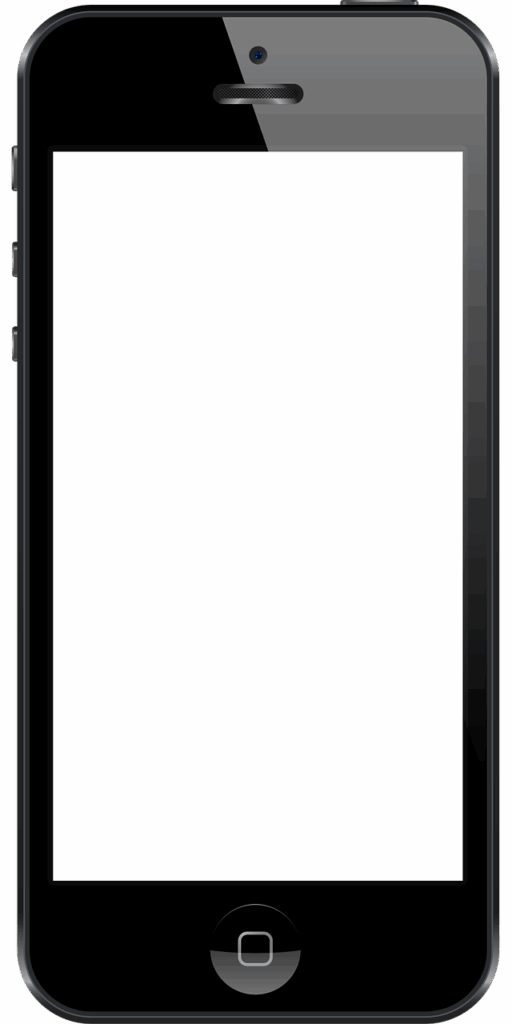
1. **Guest Mode & Multiple User Profiles**iPhones are designed with a singular focus: to be used “only by you and no one else.” While this approach bolsters security and personal privacy, it introduces considerable inconvenience when sharing your device. Imagine needing to hand your phone to a friend for directions or letting your child watch videos without the constant worry of them accidentally deleting your critical applications. Apple’s solutions, such as providing full access or “frantically” enabling ‘Guided Access’ which locks the device to one app, simply fall short of modern needs.
Android, however, offers a robust and elegant solution to this common dilemma through its innovative ‘Guest mode’ and ‘Multiple user profiles’. Guest mode allows you to create a temporary, separate space where your personal texts, photos, and apps remain inaccessible. A friend can browse the web or watch YouTube, and once the session concludes, their browsing history, messages, and any downloaded apps automatically vanish, ensuring your data remains private and secure.
Stepping up from Guest mode, ‘Multiple user profiles’ essentially transform one device into several distinct ones, each operating under its own digital roof. Each profile boasts its own set of apps, a dedicated Google account, personalized wallpaper, and a unique lock screen PIN. This robust separation ensures that one user cannot access data from another profile, offering peace of mind when a “nosy cousin” uses your phone, keeping your texts separate from their Instagram browsing.
These features provide unmatched flexibility that Apple still struggles to deliver. Unlike the ‘all or nothing’ approach of iPhones, Android understands and caters to the diverse ways people share and interact with their devices in today’s interconnected world. It grants users precise control over data accessibility, making device sharing secure, seamless, and stress-free.
Read more about: Beyond the Limelight: 15 Celebrities Who Bravely Served in the Vietnam War
2. **Cheaper Maintenance Costs**The financial burden of smartphone ownership extends beyond the initial purchase price, with maintenance costs often becoming a significant concern. The notion that “fixing your phone shouldn’t cost as much as buying a new one” resonates deeply with consumers, yet for iPhone users, this can often feel like an unavoidable reality. The high cost of repairs is a well-known aspect of the Apple ecosystem, adding a layer of stress to accidental damage.
Consider the common mishap of a cracked screen. iPhone screen replacements typically run between $150 and $400 or more, depending on the specific model, pushing costs towards premium device territory. In stark contrast, Android screens are generally more affordable, typically ranging from $90 to $250, with repairs for budget phones often costing as little as $50 to $100. This disparity provides Android users with substantial savings when accidents inevitably occur.
Battery replacements follow a similar trend, presenting another clear advantage for Android users. An iPhone battery replacement can set you back anywhere from $70 to $120, while Android battery swaps usually fall within a more reasonable range of $40 to $80. These lower component costs are further bolstered by Android’s “wider vendor network,” which facilitates more affordable third-party repair options.
Ultimately, these differences translate into tangible benefits for Android owners. The stress associated with a dropped phone, especially when a child is involved, is significantly reduced knowing that repairs won’t necessitate a significant financial outlay. Android’s ecosystem fosters a more economical and user-friendly approach to device longevity, a crucial factor often overlooked in the initial purchase decision.
Read more about: Unearthing Hidden Performance: 14 Underrated Sports Cars That Defy Expectations for Today’s Performance Seekers
3. **Customizable Widgets & App Icons**While iOS has made strides in recent years, finally allowing users to move icons and resize widgets in iOS 18/19, the experience often feels like “folding a square peg into a round hole.” Icon packs are only accessible via shortcuts, and widgets are rigidly confined to specific grid lanes, imposing limitations on true personalization. For users who crave a device that truly reflects their individual style, Apple’s offerings remain constrained.
Android, on the other hand, elevates the “customization game” to an entirely different level. It offers unparalleled freedom to personalize the look and feel of your device. Users can effortlessly place widgets anywhere they desire—be it on the home screen, the lock screen, or even “weird empty spot near the time”—and resize them precisely as they wish. This fluidity extends to applying diverse icon packs that perfectly match a user’s aesthetic preferences, transforming the device into a unique extension of their personality.
Beyond basic placement and resizing, most Android devices natively support full icon packs, providing a vast library of visual themes. Pixel phones further enhance this by allowing users to change icon shapes, offering even more granular control over the visual interface. This level of system-wide customization means your phone truly becomes ‘your vibe, your phone’, as noted in the context, allowing for a personalized branding or aesthetic match that simply isn’t possible on iOS.
For those who wish to go “full throttle with the customization,” Android provides the option to install third-party launchers such as Nova Launcher, Action Launcher, Lawnchair, and ARC. These powerful tools enable users to tweak gestures, layouts, apply extensive icon packs, manage widget stacks, and much more, all “no jailbreak required.” This profound level of control, ingrained in the Android philosophy, empowers users to craft an interface that is not just aesthetically pleasing but also perfectly optimized for their workflow.

4. **Expandable Storage**Picture this all-too-common scenario: you’re on vacation, “clicking killer photos and filming memories mid-vacation,” only to be abruptly interrupted by the dreaded “storage full!” notification. The immediate scramble to delete cherished apps or captured moments just to free up space for another sunset shot is a frustration many iPhone users know well. This limitation stems from Apple’s design philosophy of fixed internal storage, which can quickly become a bottleneck for digital content creators and casual users alike.
Many Android phones offer a simple yet profoundly impactful solution: microSD card slots. This hardware feature allows users to “sidestep that limitation” entirely, providing an easy and affordable way to expand their device’s storage capacity. With the ability to “just pop in a 256 GB or even 1 TB card,” users can continue shooting, recording, and downloading without the need for a “deleteathon,” transforming a potential storage nightmare into a seamless experience.
The benefits of expandable storage are vast, catering to a wide array of user needs. It’s “perfect for storing a whole library” of high-data content, including “Cinema‑grade RAW video” that can easily consume hundreds of gigabytes, extensive PowerPoint decks, lengthy lecture recordings, vital photo backups, entire movie collections, and numerous games. This flexibility empowers users to carry their entire digital lives with them, without compromises.
For iPhone users, the path to more storage is far more restrictive: “adding more means buying a whole new model.” This can be particularly frustrating for those who didn’t initially opt for a higher-storage (and consequently more expensive) device, leaving them with limited options when their needs evolve. Android’s commitment to expandable storage represents a fundamental advantage, ensuring that users are never held back by their device’s built-in capacity.
Read more about: An Outdoor Survival Master’s Secret Toolkit: Unpacking the 11 Essential Wilderness Lifelines
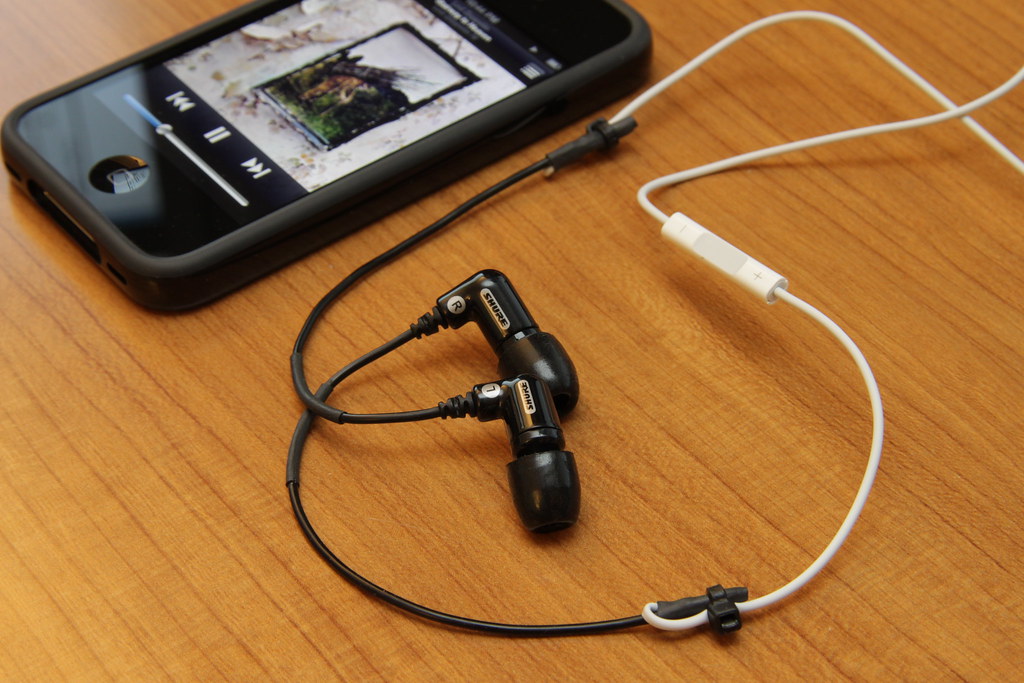
5. **App Store Freedom & Sideloading**On iPhone, users are “firmly stuck with what’s Apple-approved,” meaning if a desired app isn’t available in the App Store, there’s no official alternative. This curated and heavily restricted ecosystem can be limiting, particularly for those seeking niche applications, older software, or tools that push the boundaries of conventional mobile usage. Apple’s stringent control over its App Store dictates not just what users can download, but also what developers can offer.
Android, conversely, “hands you the keys,” offering an unparalleled degree of “App Store Freedom & Sideloading.” This means users can install applications directly from APK files—known as sideloading—or utilize a variety of “third-party stores like F‑Droid, TapTap, or Epic Games Store.” This open approach democratizes app distribution, giving users the power to choose their software sources without being confined to a single marketplace.
The practical implications of this freedom are immense, opening up a world of possibilities for Android users. If you “want to play Pokémon Emerald or PS1 classics,” Android users can effortlessly download emulators like Dolphin or PPSSPP “in minutes.” Such activities are virtually impossible on iPhones due to their locked-down App Store offerings. Moreover, Android fosters “more developer freedom,” allowing apps like ReVanced (an “enhanced, ad-free version of YouTube”) or F-Droid (a hub for “open-source apps”) to thrive—applications that Apple would “ban outright, calling them ‘unauthorized.’”
Perhaps the “best part” of this expansive freedom is that “you don’t have to root your phone to do all this.” Android inherently provides the liberty to install nearly anything, anywhere, without compromising the device’s warranty or stability. This fundamental difference underscores Android’s commitment to user empowerment, allowing individuals to truly own and customize their digital experience, a stark contrast to the more controlled environment of iOS.
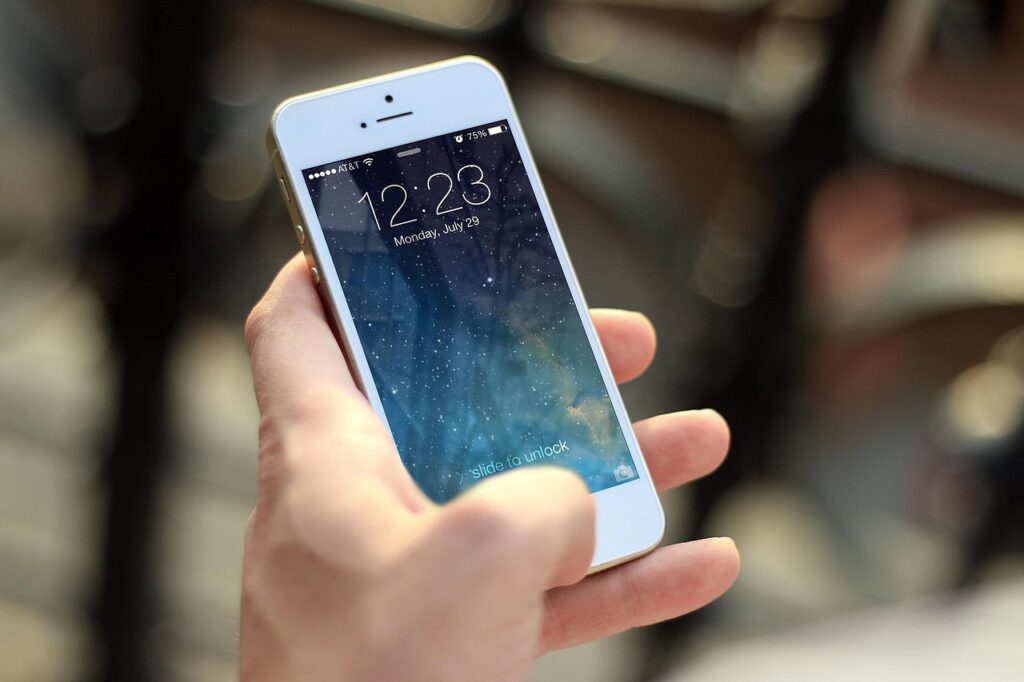
6. **Change System Font Style and Size**iPhones offer a rather limited approach to typographical customization, allowing users only to change the font size or make it bolder. While these options improve readability, they hardly scratch the surface of personal expression or specialized accessibility needs. For many, the visual aesthetic of their phone is an important extension of their personality, and Apple’s restrictions can feel surprisingly confining in an otherwise advanced device.
Android, on the other hand, presents itself as a “typography buffet,” offering a rich array of options that extend far beyond simple size adjustments. Users can dive into a vast selection of font styles, choosing anything from “sleek minimalist fonts to comic book lettering,” transforming the entire look and feel of their device. Critically, “these font styles apply systemwide, from your text messages to your banking app,” ensuring a cohesive and “truly personalized” visual experience across all applications.
This isn’t merely a cosmetic feature; the ability to customize fonts makes a “real difference” in daily usability and comfort. Adjustable fonts can significantly reduce eye strain, helping to mitigate “squinting and head-aches after hours of reading.” For users who value “custom branding or an aesthetic match,” being able to “ditch default fonts for something with personality” allows their device to better align with their unique preferences and style.
Beyond aesthetics, Android’s granular font control offers invaluable accessibility benefits. “Folks with mild vision loss or dyslexia can switch to easier-to-read fonts and sizes without extra tools,” making their smartphone experience more inclusive and less challenging. This commitment to detailed customization for both personal preference and practical accessibility highlights Android’s user-centric design philosophy, granting control that iPhone users can only dream of.
Read more about: Behind the Camera: 15 Hollywood Feuds from Golden Age Films That Were Brushed Aside During Filming
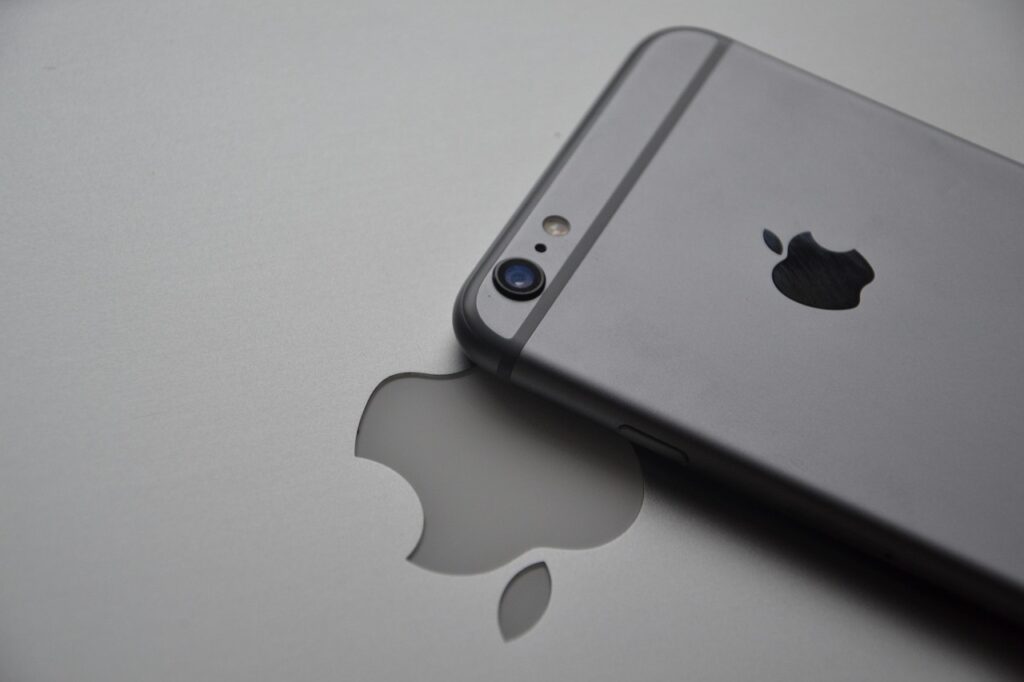
7. **Multi-tasking & Split-Screen Mode**The modern workflow often demands referencing multiple pieces of information simultaneously. Yet, an iPhone user attempting to draft an email while cross-referencing a document is still “forced to constantly swipe back and forth like it’s 2010.” This archaic approach to multitasking severely hampers productivity, creating a disjointed and inefficient user experience. It’s a fundamental limitation that suggests an oversight in how people actually work in 2025.
Android, however, delivers a truly contemporary multitasking experience, recognizing that users often need to see more than one app at a time. It empowers users to “split two apps side-by-side and work on them simultaneously,” allowing for seamless interaction. This core functionality means users can “casually glanc[e] between two fully functional apps on the same screen,” making tasks like comparing information or communicating while consuming content effortlessly efficient.
The implementation of multitasking on Android extends far beyond simple split-screen. Manufacturers like Samsung enhance this capability with features such as DeX mode, which “transforms your phone into a desktop-like experience where you can resize and arrange multiple windows freely.” Additionally, ‘Floating apps’ allow users to keep a calculator, translator, or messaging window “hovering over whatever else you’re doing,” providing quick access without disrupting the main workflow. For recurring tasks, ‘App pairing’ even lets users save their most-used combinations, such as Slack and Calendar, as a single shortcut for instant access.
What makes this disparity particularly “frustrating” is that Apple already possesses the underlying technology; “it’s been on iPads for years.” Despite this, a premium device like the “$1,200 iPhone ‘Pro’ still can’t do what $200 Android phones and tablets have handled for nearly a decade.” This clear functional gap underscores Android’s superior commitment to real-world productivity and advanced user workflows, offering a level of simultaneous interaction that remains out of reach for iPhone users.
Stepping beyond the foundational advantages, Android truly shines in its deep-seated integrations and hardware versatility, offering a suite of advanced features that define a more connected and adaptable user experience. From seamless service synchronization to hardware choices that empower innovation, these are the often-overlooked distinctions that continue to give Android a leading edge.
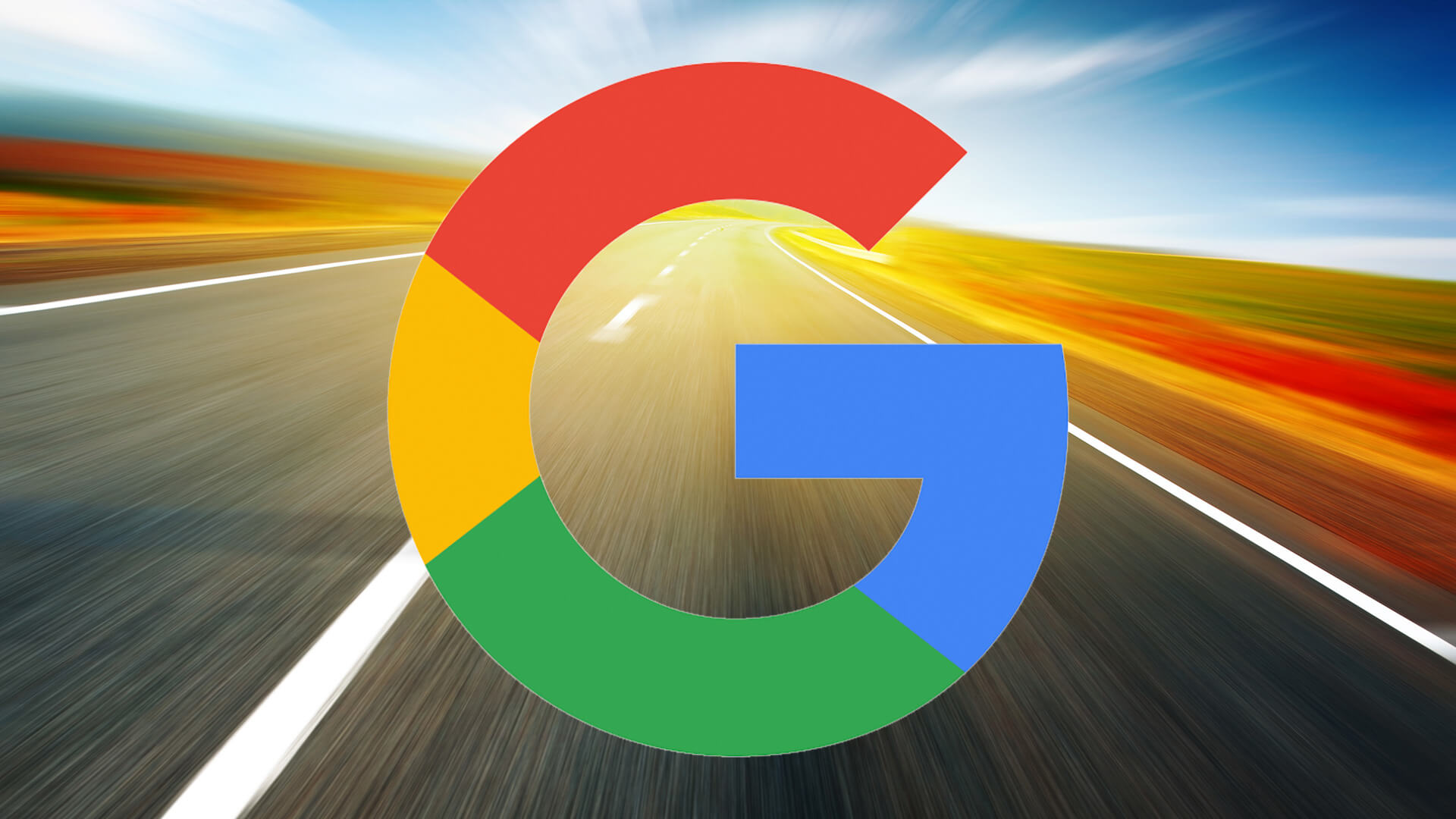
8. **Google Services Integration**For anyone deeply embedded in the Google ecosystem, an Android phone isn’t just a device; it’s a seamless extension of their digital life. Android natively weaves various Google tools into your everyday operations, solving real problems with an elegance and depth that iOS simply can’t replicate. This isn’t merely about having Google apps installed; it’s about the fundamental way these services are integrated into the operating system itself.
Consider your personal data: contacts, app data, SMS, call logs, and system settings. On Android, all of these critical components silently sync to Google Drive without you needing to lift a finger. This automatic backup process ensures that when you set up a new Android device, all your essential information is seamlessly restored, making transitions effortless and stress-free.
Google Assistant on Android operates with a fluidity and power that Siri often struggles to match. Where Siri frequently requires opening individual apps to process requests, Google Assistant allows you to check traffic, initiate calls, or even translate signs directly from the interface, without the friction of launching an application. This ‘on steroids’ capability streamlines countless daily interactions, making your device feel truly proactive.
Web browsing through Chrome offers another clear advantage. Chrome on Android leverages the Blink engine, which translates to superior performance, faster load times, and seamless syncing of tabs and passwords across all your Google-connected devices. In contrast, browsers on iPhone, including Chrome and Safari, are mandated to use WebKit, which often results in a less responsive and more sluggish experience.
Furthermore, Google Maps and Google Photos integrate into the Android experience with unparalleled coherence. You can effortlessly tap on addresses embedded in texts to launch directions, utilize dynamic map widgets, and enjoy automatic photo uploads coupled with AI-powered search capabilities. This deep integration transforms routine tasks into intelligent, time-saving interactions, enhancing overall usability.
Read more about: The TVs Everyone’s Obsessed With Right Now: A Vox Explainer for Your Next Big Screen Upgrade
9. **Scrolling Screenshot (Long Screenshot)**There are countless moments when a standard screen capture just isn’t enough. Imagine needing to preserve an entire webpage, an extensive chat thread, or a lengthy app screen, only to be confronted with the frustrating prospect of sending five disjointed images. Android’s native scrolling screenshot feature offers an elegant, universal solution, eliminating this fragmented approach to information capture.
The process is remarkably simple and intuitive. You just hit the Power and Volume Down buttons simultaneously, and then a “Capture more” option appears. A quick tap, and your Android phone intelligently stitches together multiple screens into one tall, clean image, all in a matter of seconds. This seamless functionality is a game-changer for anyone who frequently needs to capture extended content.
The practical applications are diverse and incredibly useful. You can effortlessly send a full recipe or a complete article in a single image, ensuring no crucial details are missed. It’s also perfect for maintaining easy record-keeping, whether for digital receipts, important chat logs, or any other scrollable information. For designers and creators, it offers a quick and accurate way to produce full-screen mockups or content layouts without tedious manual stitching.
While iPhones do offer a “Full Page” screenshot option, its utility is severely limited. This feature only works within Apple’s own applications, such as Safari or Mail, and crucially, it saves the captured content as a PDF file, not a smooth, shareable image. Android, in stark contrast, delivers universal, image-based long screenshots that function across nearly every app, providing a consistently superior experience for capturing and sharing extensive digital content.
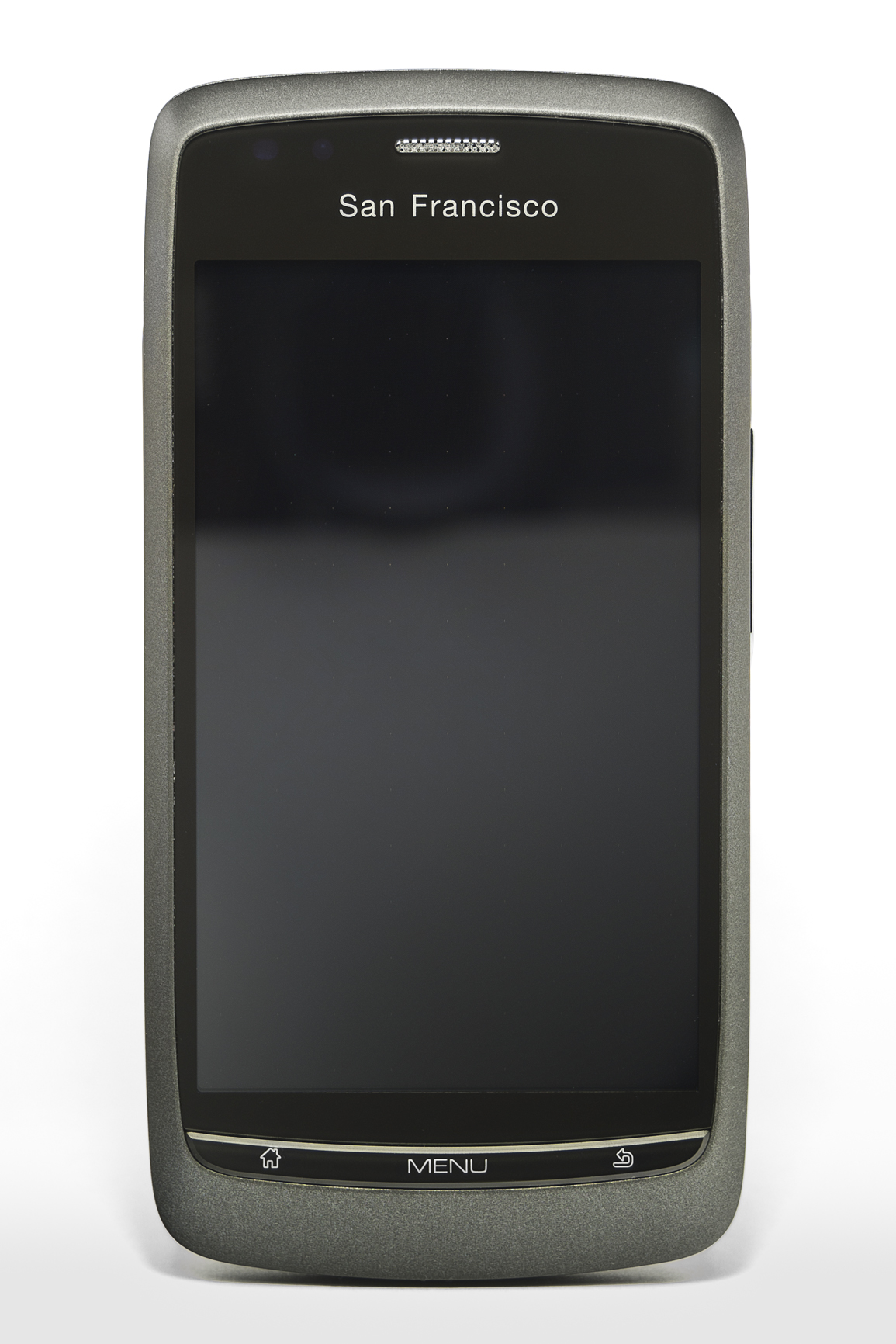
10. **Rooting & Custom ROMs**For the true power user, one of the most profound distinctions between Android and iPhone lies in the ability to root your device and install custom ROMs. This feature, arguably the ultimate expression of user control, grants you ‘superuser’ access, allowing you to tweak your Android phone with the same granular control you might exert over a personal computer. It transforms your smartphone from a consumer product into a fully customizable platform.
With root access, a world of possibilities opens up. Users can effortlessly uninstall pre-installed ‘bloatware’ that often clutters devices and consumes precious resources, optimizing performance and storage. Beyond that, rooting enables system-wide ad-blockers, providing an uniterrupted user experience across all applications. For those seeking to push their device’s limits, it allows for overclocking the CPU/GPU, and facilitates comprehensive backups with powerful tools like Titanium Backup or Magisk, ensuring your entire system can be restored precisely as you left it.
Pairing rooting with custom ROMs like LineageOS, Pixel Experience, or Resurrection Remix takes customization and longevity to an entirely new level. These community-developed operating systems often unlock newer Android updates long after the original manufacturer has ceased supporting your device, extending its lifespan and enhancing its feature set. It’s an empowering way to stay current and maintain control over your device’s software evolution.
It’s important to acknowledge that rooting isn’t for everyone. It involves technical procedures, typically voids your device’s warranty, and carries the inherent risk of ‘bricking’ your phone if not executed correctly. However, for technology enthusiasts and tinkerers, it represents the ultimate control boost, a profound level of device mastery. This fundamental freedom to delve into and modify the operating system remains a distinct Android advantage, something Apple simply does not permit within its tightly controlled ecosystem.
11. **Fast Charging**Despite Apple’s commendable strides in recent years to enhance battery life, allowing iPhones to comfortably last well over a full day, their approach to charging technology has remained notably conservative. Even the latest iPhone 16 handsets are capped at a mere 25W for wired charging, and this speed is only achievable if you possess a compatible charger. This consistent limitation highlights an area where Apple has, perhaps stubbornly, declined to innovate at the pace of its Android counterparts.
While it’s true that some major Android players like Samsung and Google also opt for moderate charging speeds, not exceeding 45W and 37W respectively, the broader Android ecosystem pushes boundaries significantly further. Devices such as the OnePlus 12 boast an impressive 100W wired charging capability, while the Xiaomi 14 Ultra takes it even higher at 90W. This striking disparity means Android users can often fully replenish their device’s battery in a fraction of the time it takes an iPhone.
Apple’s stated concerns about the long-term impact of high-speed charging on battery health are understandable and valid. However, the stark difference in charging performance raises a pertinent question: could Apple not incrementally increase its speeds without detrimental effects? The current limitations mean that Android users consistently enjoy a more practical and time-saving experience, emphasizing Android’s lead in a crucial, everyday feature.
Read more about: Beyond Self-Parking: Unveiling 12 Transformative Futuristic Car Features That Will Revolutionize City Driving
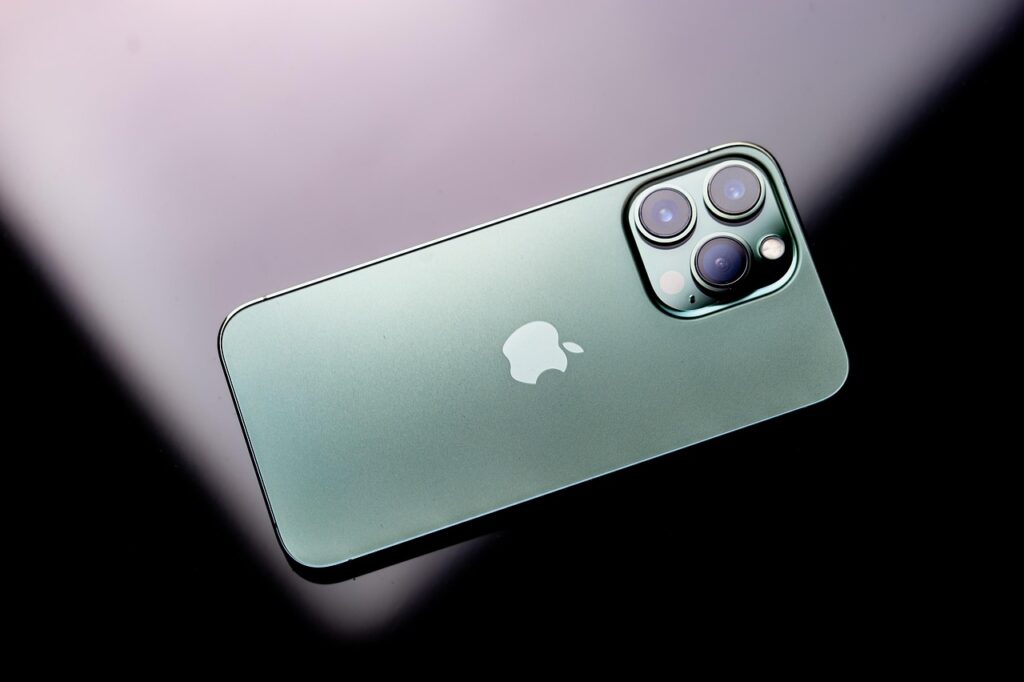
12. **In-screen Fingerprint Scanner**When Apple controversially removed the physical fingerprint sensor in favor of Face ID with the iPhone X in 2017, it was widely praised as a forward-thinking move, enabling an immersive, all-screen design without compromising biometric security. Yet, seven years later, Apple still hasn’t introduced an alternative biometric solution beyond Face ID, despite in-screen fingerprint scanners being a mature and reliable technology available on Android for years.
The Android landscape, however, offers a diverse and evolving array of fingerprint technologies. While many Android phones still utilize optical in-display sensors, the high-end segment, represented by devices like the Samsung Galaxy S24 Ultra and Google Pixel 9 Pro XL, features advanced ultrasonic versions. These ultrasonic sensors are renowned for being significantly faster, more reliable, and more secure than their optical predecessors, embedding seamlessly into the display itself.
Beyond fingerprint recognition, Android manufacturers like Honor and Google have also developed facial unlocking methods that are robust enough to authenticate banking apps or process secure payments. This provides users with choice and redundancy in their biometric security. In contrast, Apple appears to have no immediate plans to develop a new iteration of Face ID that could function beneath the display, leaving iPhone users with a single, albeit excellent, biometric option and a functional gap compared to many Android devices.
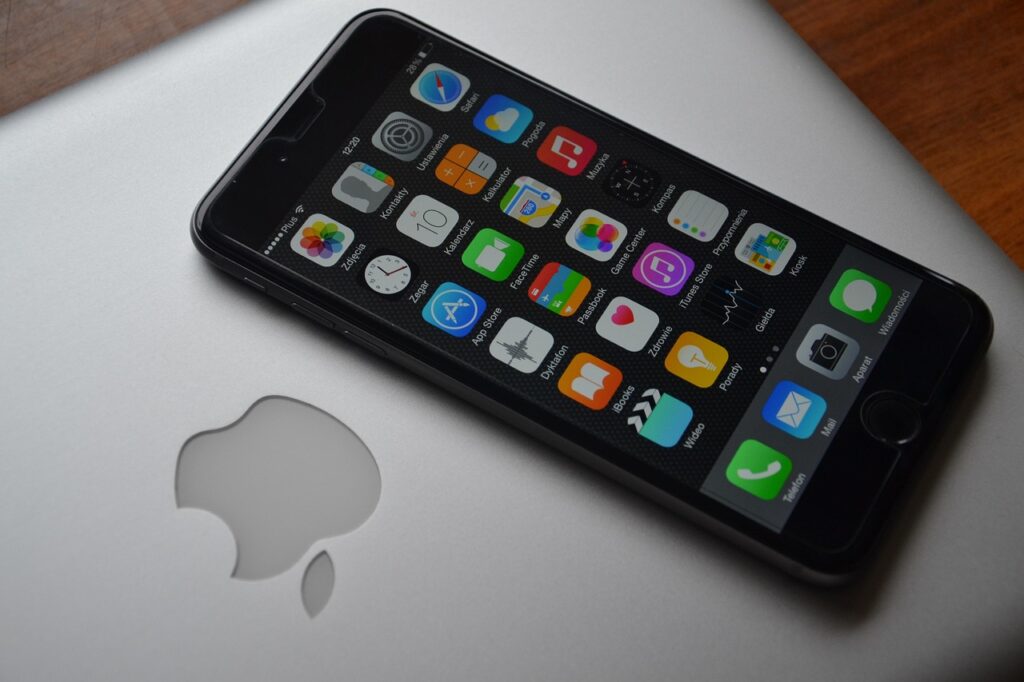
13. **Stylus Support**The history of the smartphone stylus is somewhat ironic, especially in the Apple narrative. Steve Jobs famously dismissed the concept at the original iPhone launch, declaring it something “nobody wants.” Fast forward to 2015, and Apple released its own stylus, the Apple Pencil, a sophisticated tool offering pressure sensitivity and tilt detection. However, despite multiple iterations, the Apple Pencil has remained exclusively compatible with the iPad, never making its way to the iPhone’s touch-enabled screen.
This exclusion feels like a missed opportunity, particularly for Apple’s larger, top-of-the-line iPhone Pro Max models. A phone-friendly version of the Apple Pencil, integrated as seamlessly as Samsung’s S Pen with the Galaxy S24 Ultra, would undoubtedly enhance the iPhone experience. Imagine a stylus securely docked within the phone, instantly connected and ready to go the moment it’s removed, offering precise input for a myriad of tasks.
Such a creative input tool would unlock new levels of productivity and artistic expression. From quick notes and precise photo editing to intricate drawing and document annotation, the versatility of a stylus on a smartphone screen is undeniable. While Android phones, particularly those from Samsung, have long embraced and perfected this ‘creative input tool,’ the iPhone continues to overlook a feature that could profoundly enrich its user interaction.
Read more about: Beyond the Headlines: An In-Depth Look at Madonna’s Iconic Journey Through Music, Film, and Cultural Evolution
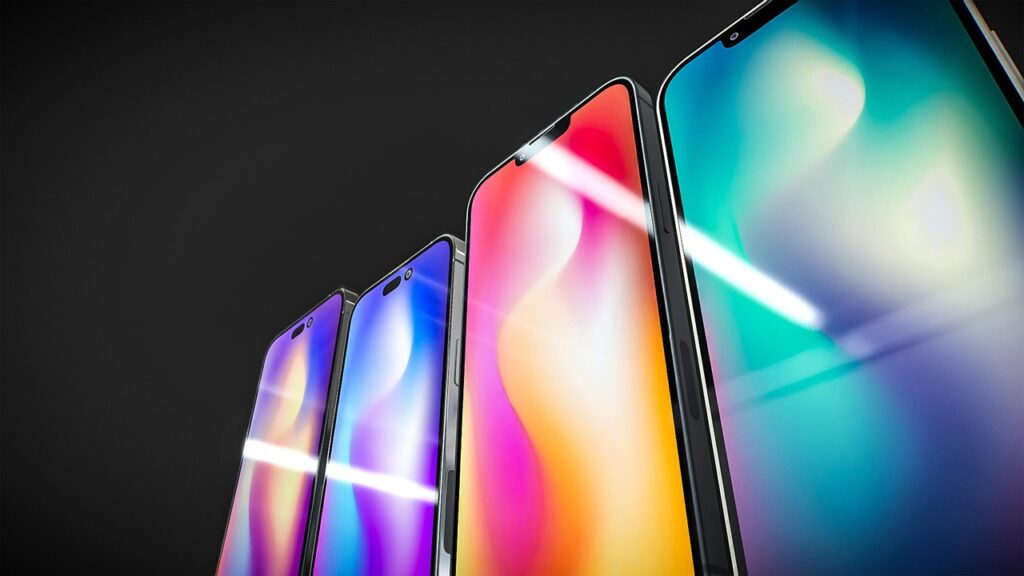
14. **High Refresh Rate Screen (on non-Pro models)**High refresh rate displays have become a benchmark for a smooth and responsive smartphone experience. It was nearly four years after the Razer Phone pioneered the feature that Apple finally adopted it in 2021, exclusively for its iPhone 13 Pro and 13 Pro Max, which boasted 120Hz screens. While all subsequent Pro-branded iPhones have maintained this standard, a significant portion of Apple’s lineup still lags far behind.
Remarkably, all non-Pro iPhones released since then, including the latest iPhone 16 series, remain tethered to a 60Hz display. Even for the casual user, this difference is palpable, resulting in a noticeably less smooth and responsive visual experience, especially during activities like scrolling through feeds or engaging in mobile gaming. It’s a fundamental aspect of display technology that significantly impacts daily interaction.
This disparity creates a peculiar value proposition for consumers. You could be paying a premium price point—at least £799/$799 for an iPhone 16 or £899/$899 for an iPhone 16 Plus—yet receiving a display that is technically inferior to many budget Android phones. This highlights a critical area where Android’s “inclusive display technology” philosophy provides superior hardware features across a broader range of price points, ensuring that a smoother, more fluid visual experience isn’t exclusively reserved for the most expensive devices.
Ultimately, the choice between Android and iOS transcends mere brand loyalty; it’s a decision rooted in personal philosophy about how we interact with our most vital digital companions. Android, with its rich tapestry of customization, deep integrations, and hardware versatility, continues to champion freedom and user control. It’s an ecosystem built for those who desire their device to be a malleable tool, adaptable to every nuance of their workflow and personal expression. While Apple prioritizes a curated, streamlined experience, Android offers an empowering alternative where the device truly works for you, not the other way around. For those who seek to push the boundaries, tinker, and truly make their smartphone an extension of themselves, Android remains the undisputed champion of choice and innovation.

